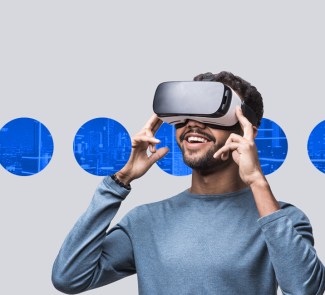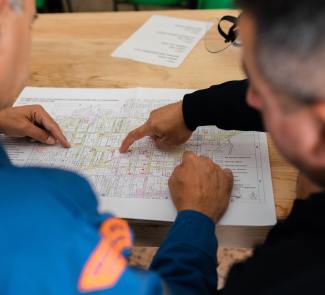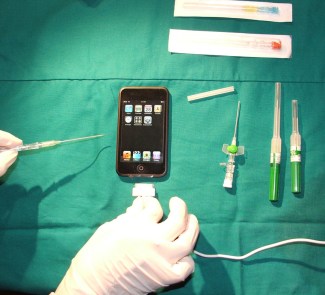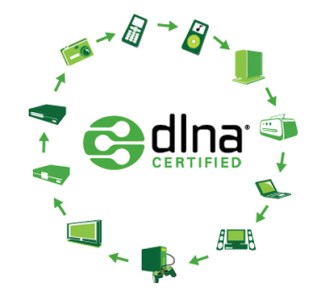An Android app could turn your smartphone's camera into a real radiation detector. The work by scientists at the Idaho National Laboratory has even sparked the interest of the US Department of Defense.
It might sound a little like science fiction, but there’s no stopping the progress of technology. A new study by physicist Joshua Cogliati brings us one step closer to a promising future in which mobile devices will be used for a lot more than sending and receiving messages. Of course, we’re already accustomed to this reality, in which smartphones show off their “intelligence” every day, but this time, Cogliati has confirmed that the camera of these terminals could be used as a radiation detector.
The research study, published in arXiv, explores the power of CMOS sensors to determine the level of radiation to which we are exposed. But not just any type of radiation, but rather a specific form of gamma rays, a very potent type of ionising radiation that is commonly used to sterilise surgical material, for example.
Contact with this type of rays could be potentially harmful, because they are able to penetrate the nuclei of our cells and can even cause harmful changes in DNA. For this reason, having a portable radiation detector could be helpful to ensure some protection against possible contact with areas with high levels of radiation.
CellRAD: from camera to a sensor with a single application
Scientists at the Idaho National Laboratory, aware of the potential uses of camera sensors, have developed an Android application to use mobile devices as a possible radiation detector. The app, called CellRAD, was then tested on four terminals (Samsung Nexus S, Samsung Galaxy Nexus, Samsung S III and LG Nexus 4), to see whether it could serve as a sensor of the gamma rays received by the telephone.
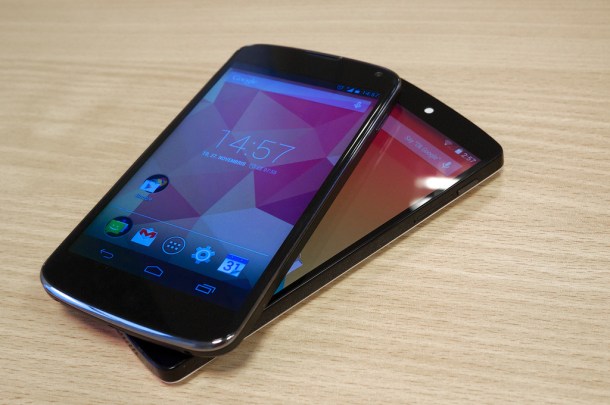
Their research confirmed that the application could calibrate the quantity of gamma rays to which the smartphones were exposed. In other words, once CellRAD is installed, the phone could become an actual radiation detector.
However, the underlying principle of this work is not entirely new. CCD cameras are powerful X-ray detectors, and the technology of mobile devices is advancing very rapidly, which means that their computing power is able to “discern” which radiation source it is receiving.
Although the research sounds more like a fictional future, the US Department of Defense initially backed this project with federal economic aid. Logically, as a radiation detector, the smartphone will not be as sensitive as a normal detection device, but Cogliati’s work makes it possible to measure low levels of gamma rays before they can become harmful to our health. Another example of how technology can help take care of our health.
Images | Kittinan Hiranwong (Flickr), Kārlis Dambrāns (Flickr)






